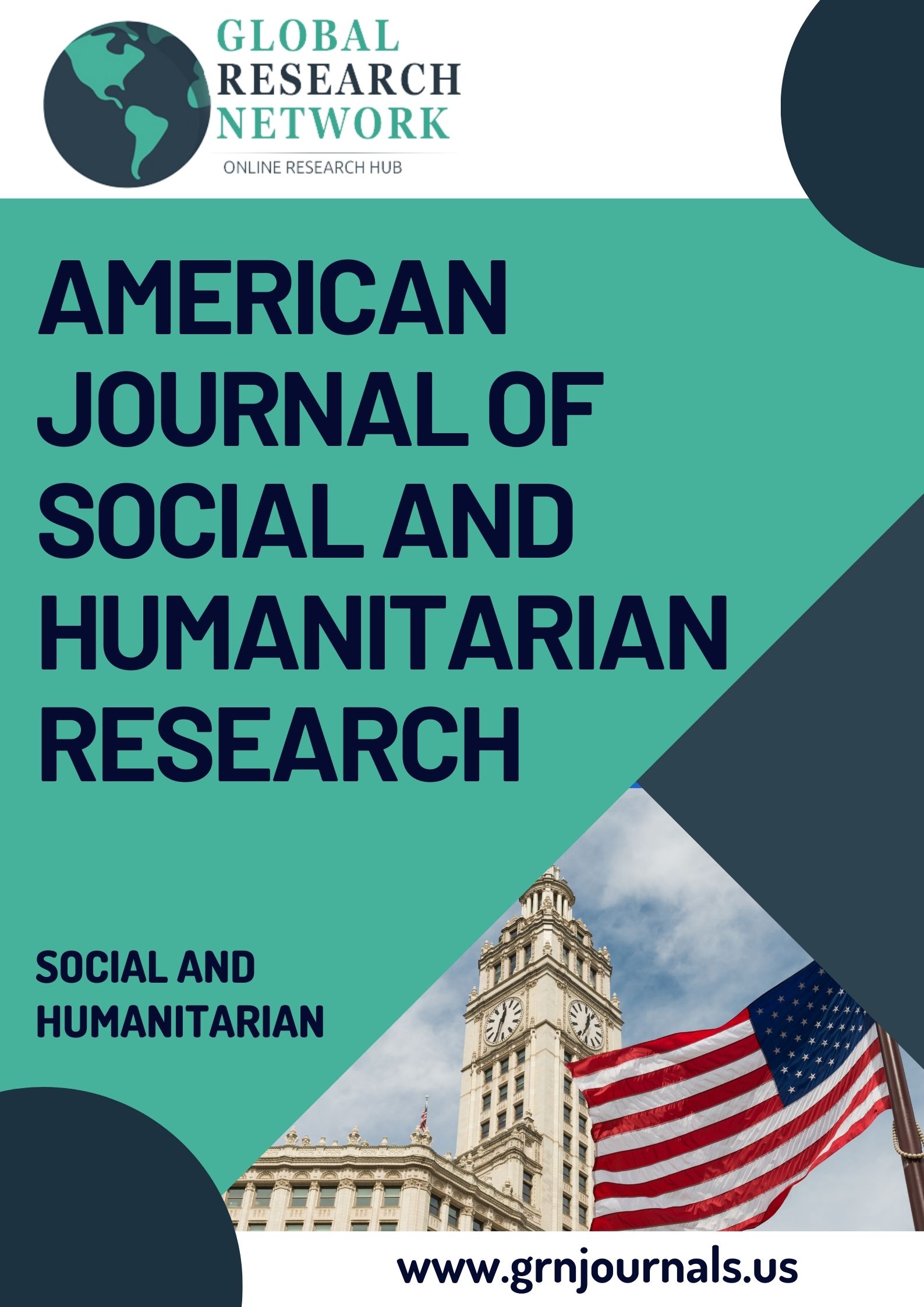Psycholinguistic Techniques in Measuring Productive Language Skills
DOI:
https://doi.org/10.31150/ajshr.v3i3.939Keywords:
psycholinguistics, speech, language skills, production, perceptionAbstract
This article deals with the main techniques of psycholinguistics in teaching languages. Psycholinguistics is the study of the mental aspects of language and speech. It is primarily concerned with the ways in which language is represented and processed in the brain. A branch of both linguistics and psychology, psycholinguistics is part of the field of cognitive science. The research work covers effective method in improving productive language skills within literature review and special principles of psychology.
References
Lightbown, Pats, M. and Nina, S. (2006). How Languages Are Learned. Oxford: Oxford University Press.
Long, M. H. (1997). Construct Validity in SLA Research: A Response to Firth and Wagner. The Modern Language Journal, 81(3), 318-323.
Macaro, E. Continuum Companion to Second Language Acquisition. London: Continuum.
Maftoon, P., & Shakouri, N. (2012). P.sycholinguistic Approach to Second Language Acquisition. The International Journal of Language Learning and Applied Linguistics World (IJLLALW. Vol 1 (1); 1-9 ISSN: 5389-2100
Matlin, M.M. (1994). Cognition. New York: Ted Buchholz. Ramadhan, M. A. (2013). Applied Psycholinguistic: Review of EFL Teaching Methods in Building Up the Learners’ Motivation.
Makassar: Universitas Negeri Makassar. Sanz, C. (2005). Mind and Context in Adult Second Language Acquisition: Methods, Theory, and Practice. Washington DC: Georgetown University Press.









